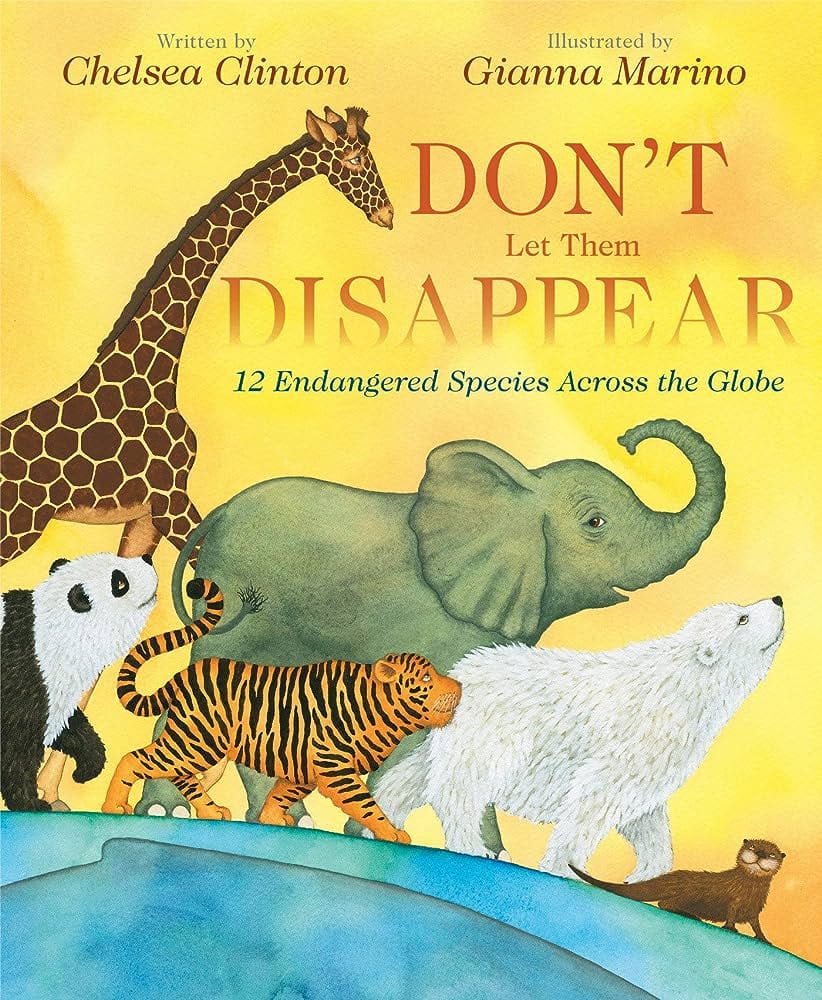When the Beat was Born: DJ Kool Herc and the Creation of Hip-Hop

Lesson Summary
Reading “When the Beat was Born,” we learned about DJ Kool Herc’s journey from Jamaica to the Bronx and how his experiences led to the creation of hip hop through his innovative use of turntables to create “breakbeats.” This musical revolution, facilitated by advancing recording and playback technologies, brought communities together through dance. Today, we have access to Digital Audio Workstations (DAWs), allowing hip hop to flourish in the digital age. In this lesson, students will analyze the interactions between individuals like DJ Kool Herc, technological advancements, and the cultural ideas of hip hop. Students will then create a 36-measure hip hop composition using Earsketch, applying programming concepts such as looping, conditional statements, variables, and functions. Through this process, students will reflect on their role as modern-day creators, drawing parallels between their work with digital tools and DJ Kool Herc’s analog innovations. This activity will deepen students’ understanding of how personal creativity, technological progress, and cultural contexts interplay to spark musical revolutions across different eras.
ELA Standards:
Analyze the interactions between individuals, events, and ideas in a text (e.g., how ideas influence individuals or events, or how individuals influence ideas or events).
DLCS Standard
6-8.CT.d.4: Implement problem solutions using a programming language, including all of the following: looping behavior, conditional statements, expressions, variables, and functions.
Video
When the Beat was Born: DJ Kool Herc and the Creation of Hip-Hop read by Mr. Alicea





